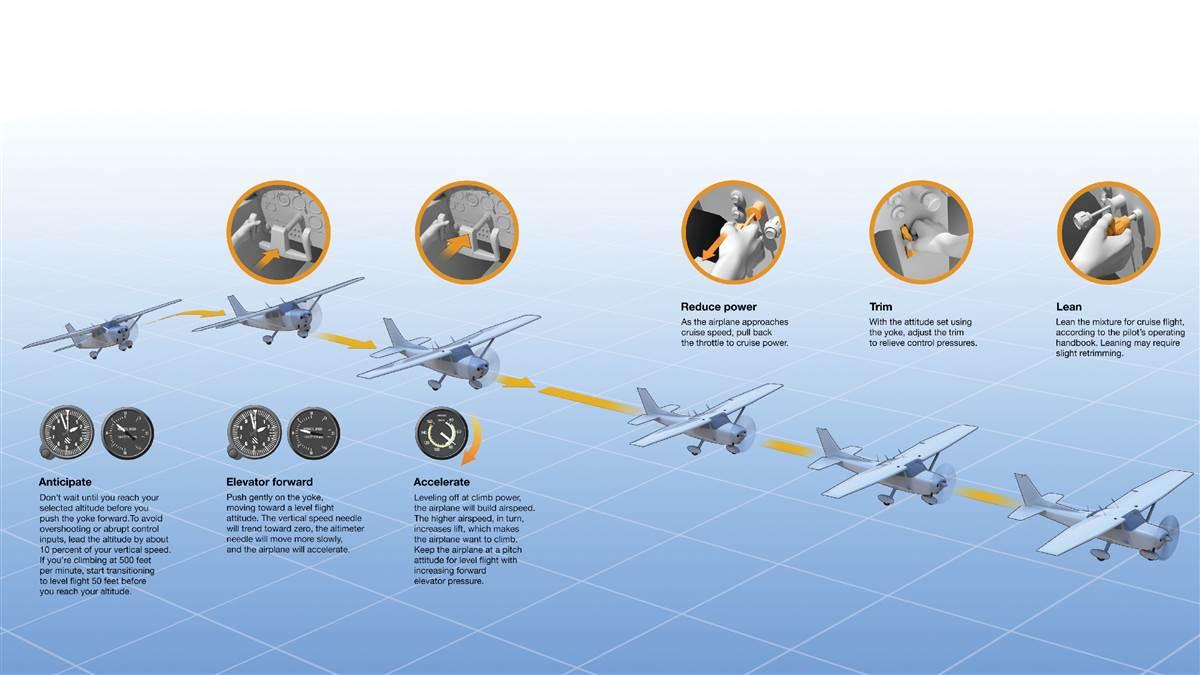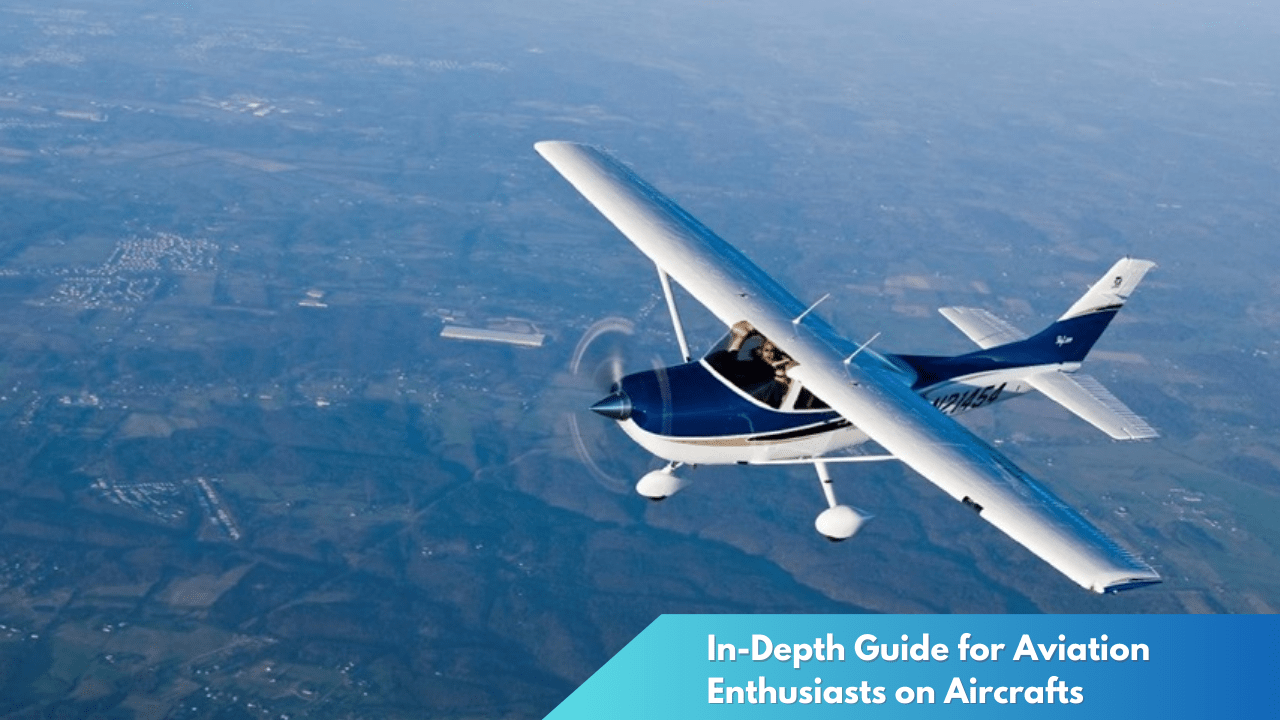In-Depth Guide for Aviation Enthusiasts on Aircrafts
Aviation has always been a field that captures the imagination of enthusiasts worldwide. The majesty of aircraft, from their engineering prowess to their sheer beauty, inspires a devoted following eager to learn more. This comprehensive guide aims to delve into the intricacies of aircraft, offering insights from the cockpit to the tail, and everything in between. Whether you’re an aspiring pilot, an engineer, or simply an admirer of these mechanical marvels, this article will provide a deeper understanding of the fascinating world of aviation.
Discover the World of Aircraft: A Comprehensive Guide

Aircraft are a testament to human ingenuity, combining principles of physics, advanced technology, and skilled craftsmanship to conquer the skies. Understanding the different types of aircraft is crucial for any aviation enthusiast. From commercial airliners and military jets to private planes and experimental aircraft, each category comes with unique features and purposes. Commercial airliners are the backbone of global travel, designed for efficiency and passenger comfort, while military aircraft prioritize speed, agility, and tactical capabilities. Experimental aircraft, often at the forefront of innovation, push the boundaries of what’s possible in aviation.
For those new to the world of aviation, the terminology and technical jargon can seem daunting. However, a basic understanding of key concepts can unlock a wealth of knowledge. Terms like “aerodynamics,” “thrust,” and “lift” are foundational, helping enthusiasts grasp how aircraft achieve and maintain flight. Furthermore, learning about the different components of an aircraft, such as the fuselage, wings, and engines, provides insight into how these machines are constructed and operated. Manuals, flight simulations, and educational courses are invaluable resources for those looking to deepen their understanding.
The aviation community is vast and varied, offering numerous opportunities for enthusiasts to connect and share their passion. Aviation museums, air shows, and online forums serve as meeting points for like-minded individuals. Museums offer historical context and showcase the evolution of aircraft technology, while air shows provide thrilling displays of aerial prowess. Online forums and social media groups facilitate discussions on all things aviation, from technical questions to sharing flight experiences. Engaging with this community not only enhances one’s knowledge but also fosters a sense of belonging among aviation fans.
From Cockpit to Tail: Inside Aviation’s Marvels

The cockpit, often referred to as the “brain” of the aircraft, is where pilots command and control flights. Modern cockpits are equipped with a sophisticated array of instruments and controls that manage everything from navigation and communication to engine performance and environmental systems. Understanding the layout and function of a cockpit is essential for aspiring pilots and enthusiasts alike. Advances in technology have led to the development of the “glass cockpit,” featuring digital displays and automation that enhance situational awareness and reduce pilot workload.
The midsection of an aircraft, or its fuselage, serves as the main body, housing passengers, cargo, and critical systems. The design and construction of the fuselage are vital for ensuring safety and performance. Materials such as aluminum, titanium, and composite materials are carefully selected to balance strength, weight, and durability. Inside the fuselage, innovations in cabin design focus on maximizing comfort and efficiency, with features like ergonomic seating, advanced air filtration systems, and in-flight entertainment options enhancing the passenger experience.
The tail of the aircraft, though often overlooked, plays a crucial role in stability and control. Comprising the vertical and horizontal stabilizers, the tail ensures the aircraft maintains its intended flight path. The rudder, found on the vertical stabilizer, allows pilots to control the yaw movement, while the elevators on the horizontal stabilizer control pitch. Understanding the aerodynamic principles and mechanical systems behind these components provides a comprehensive view of how aircraft achieve balanced and stable flight. Tail design continues to evolve, with modern aircraft incorporating advanced materials and technology to improve efficiency and performance.
The world of aviation is as dynamic as it is captivating, with each aircraft representing a perfect blend of art and science. This guide provides a glimpse into the complexities and wonders of aviation, offering enthusiasts a solid foundation to explore further. From the cockpit’s command center to the essential stabilizing functions of the tail, each part of an aircraft is a marvel in its own right. As technology continues to advance, the future holds endless possibilities for innovation in aviation, ensuring that the fascination with aircraft will only continue to soar.



